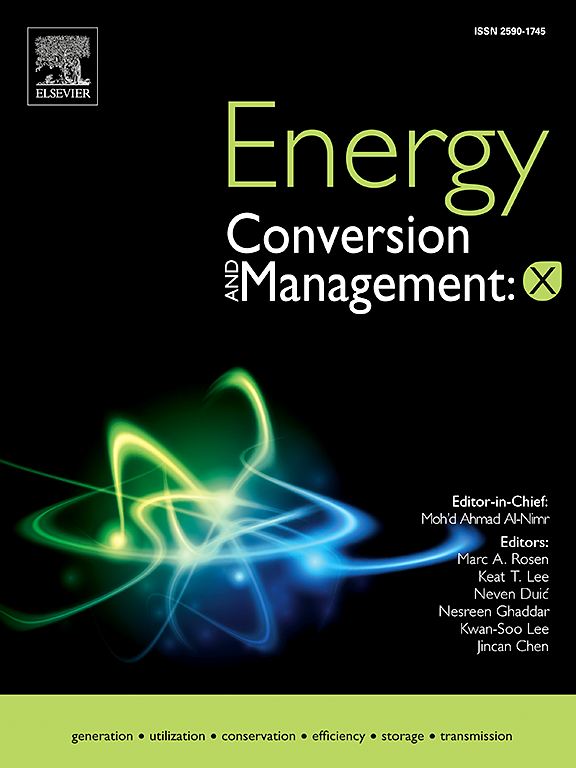A state-of-the-art comparative review of load forecasting methods: Characteristics, perspectives, and applications
IF 7.1
Q1 ENERGY & FUELS
引用次数: 0
Abstract
The rapid growth in electricity demand, driven by its expanding applications across diverse sectors, has emphasized the criticality of maintaining a balanced and reliable power supply. Accurate load forecasting has become a cornerstone of modern power system management, enabling the efficient planning, operation, and design of electrical grids. With the increasing penetration of renewable energy sources and the rise of smart grid technologies, the need for precise forecasting methodologies has intensified to ensure enhanced grid stability, efficiency, and seamless renewable integration. This article systematically reviews contemporary state-of-the-art forecasting techniques, critically analyzing their performance, applications, and outcomes. Emphasis is placed on methodologies for predicting renewable energy availability, electricity pricing, and load demand, with an in-depth evaluation of their modeling frameworks and predictive accuracies. The review highlights significant advancements in artificial intelligence-based approaches, particularly machine learning and neural network models, which consistently outperform traditional forecasting methods in terms of precision and robustness. For enhanced clarity, key insights and comparative analyses are summarized in comprehensive tables, facilitating efficient reference. This review aims to provide researchers with a thorough understanding of advanced forecasting models, their capabilities, and limitations, thereby guiding future research endeavors in the domain of load forecasting.

求助全文
约1分钟内获得全文
求助全文
来源期刊

Energy Conversion and Management-X
Multiple-
CiteScore
8.80
自引率
3.20%
发文量
180
审稿时长
58 days
期刊介绍:
Energy Conversion and Management: X is the open access extension of the reputable journal Energy Conversion and Management, serving as a platform for interdisciplinary research on a wide array of critical energy subjects. The journal is dedicated to publishing original contributions and in-depth technical review articles that present groundbreaking research on topics spanning energy generation, utilization, conversion, storage, transmission, conservation, management, and sustainability.
The scope of Energy Conversion and Management: X encompasses various forms of energy, including mechanical, thermal, nuclear, chemical, electromagnetic, magnetic, and electric energy. It addresses all known energy resources, highlighting both conventional sources like fossil fuels and nuclear power, as well as renewable resources such as solar, biomass, hydro, wind, geothermal, and ocean energy.
 求助内容:
求助内容: 应助结果提醒方式:
应助结果提醒方式:


